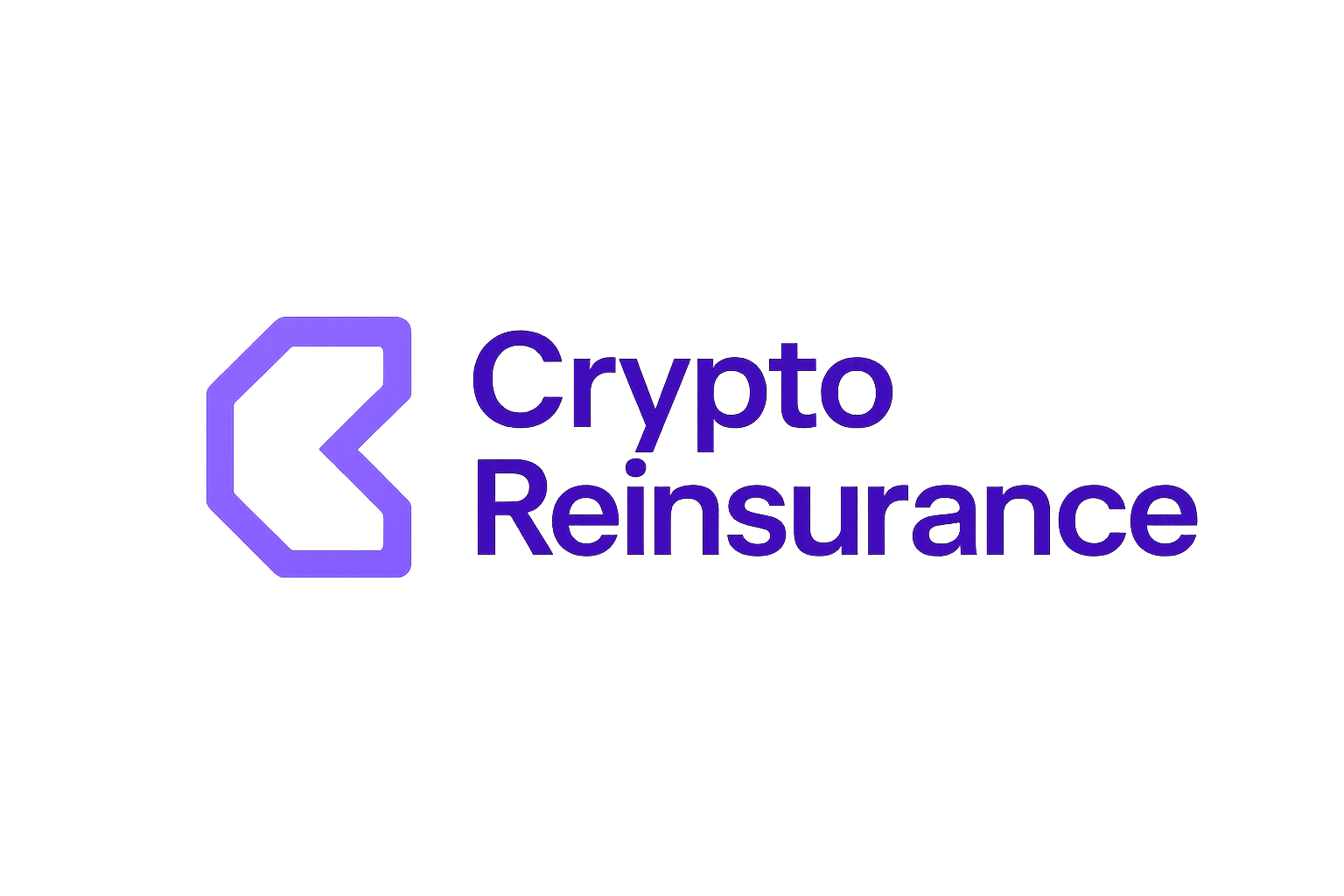
Retrocession – the process by which reinsurers transfer portions of their risk portfolios to other reinsurers – has long been a labor-intensive and opaque segment of insurance. Today, on-chain reinsurance is rewriting these rules using blockchain and smart contracts, setting the stage for unprecedented automation, transparency, and efficiency in risk transfer.
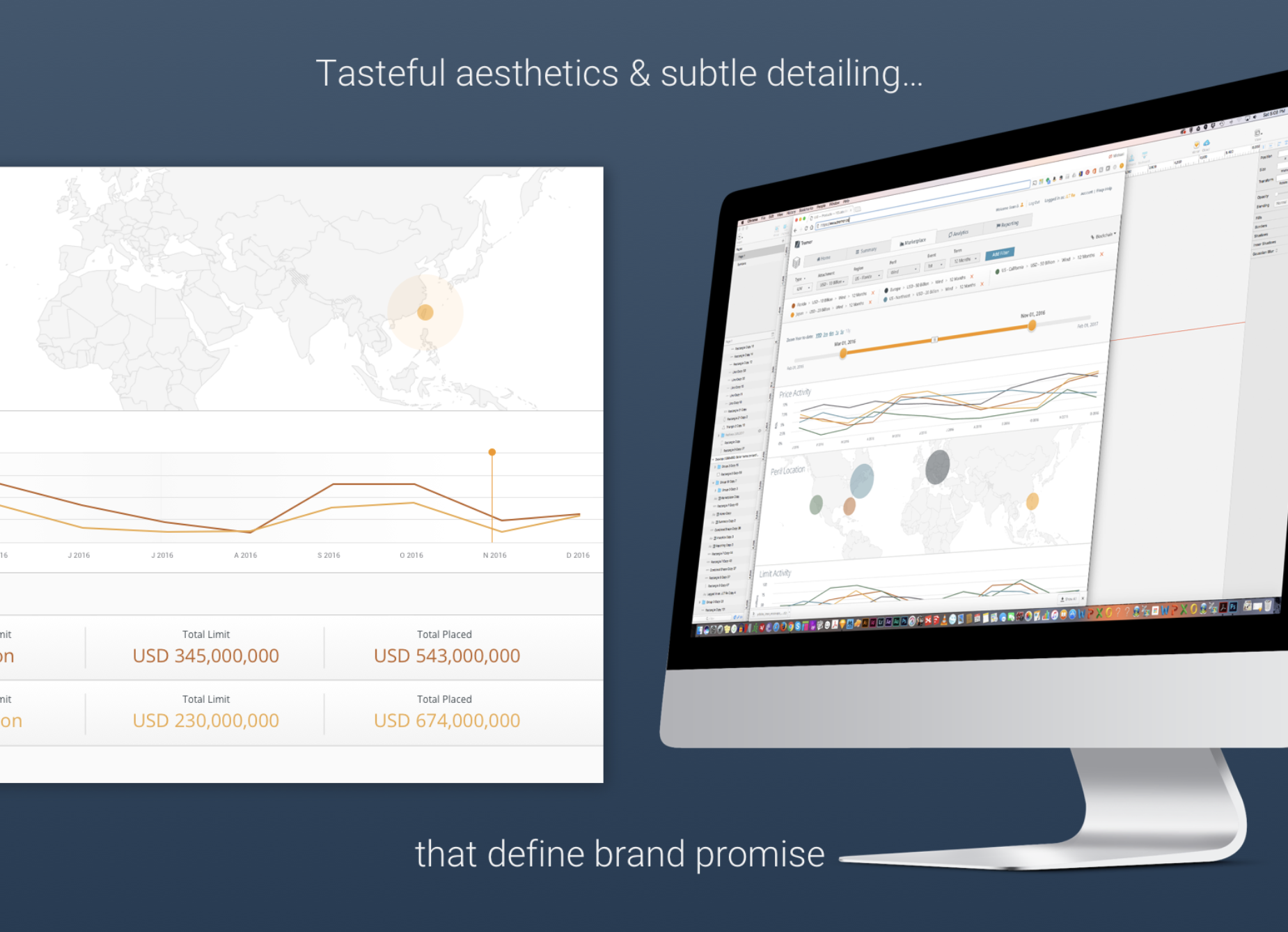
Smart Contracts: The Engine Behind On-Chain Retrocession
At the core of this transformation are retrocession smart contracts. These self-executing protocols encode treaty terms directly onto distributed ledgers, enabling automatic execution once predefined conditions are met. The impact is profound: administrative overhead plummets, manual reconciliation shrinks, and treaty settlements accelerate from weeks to minutes. For example, the Model Context Protocol (MCP) Reinsurance Framework reports a 90% reduction in manual reconciliation through smart contract automation. This not only increases operational efficiency but also reduces errors that can have costly downstream effects on all parties involved.
Transparency and Trust Through Immutable Ledgers
The insurance sector is fundamentally built on trust – yet traditional retrocession arrangements often obscure risk exposures behind layers of intermediaries and paperwork. Blockchain in retrocession changes this dynamic by recording all transactions on an immutable ledger accessible to every stakeholder. This transparency means every premium payment, claim trigger, and settlement is auditable in real time by cedents, reinsurers, and retrocessionaires alike.
This level of visibility is crucial for mitigating counterparty risk and aligning incentives across complex multi-party agreements. As noted by RockawayX’s analysis of tokenized reinsurance adoption (source), real-time auditability is driving greater confidence among institutional investors considering crypto reinsurance products.
Key Benefits of Smart Contracts in On-Chain Retrocession
-
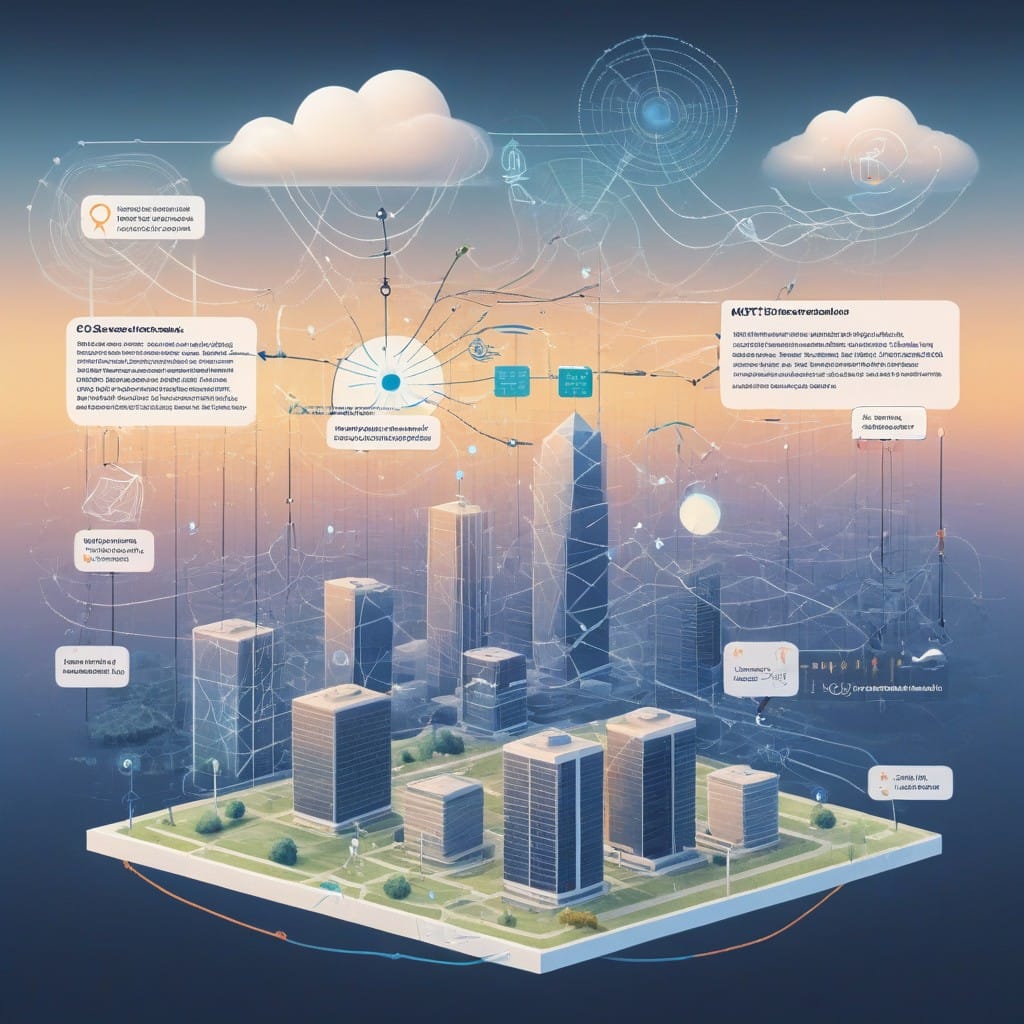
Automated Treaty Management: Smart contracts encode retrocession agreement terms and execute them automatically when predefined conditions are met, drastically reducing manual reconciliation and administrative overhead. The Model Context Protocol (MCP) Reinsurance Framework has demonstrated a 90% reduction in manual treaty management efforts through such automation.
-

Enhanced Transparency and Auditability: All transactions and risk transfers are recorded immutably on the blockchain, providing real-time, auditable access to all parties. This transparency builds trust and reduces disputes, especially in multi-layered retrocession arrangements. RockawayX highlights how on-chain records foster confidence among insurers and retrocessionaires.
-
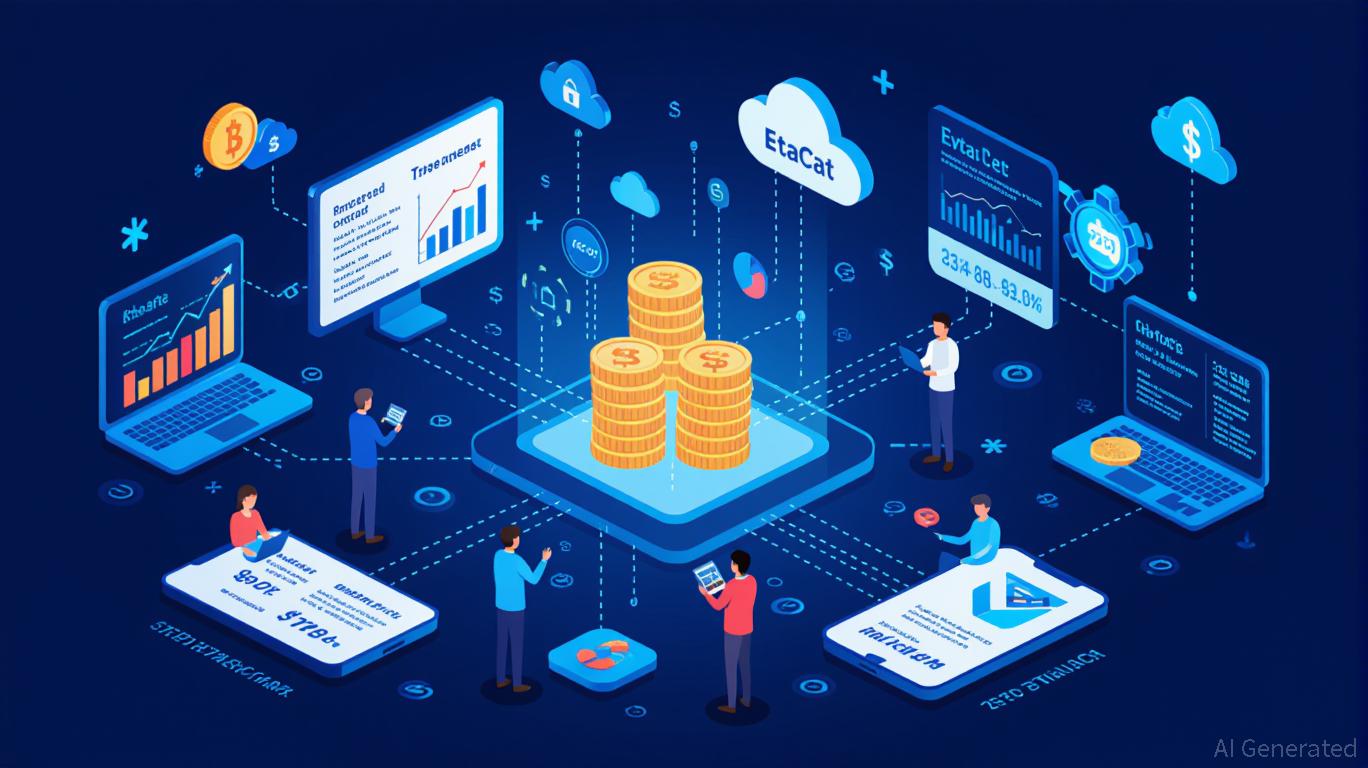
Improved Liquidity and Market Access: Tokenization of reinsurance contracts via smart contracts enables fractional ownership, allowing a wider range of investors to participate. Platforms like OnRe have launched tokenized yield models, enhancing liquidity and enabling secondary trading of reinsurance exposure.
-

Reduced Operational Costs and Errors: By automating claims processing, settlement, and premium calculations, smart contracts minimize human intervention, lower administrative costs, and reduce the risk of manual errors. This efficiency is particularly valuable in the complex, high-volume world of retrocession.
-

Faster Settlement and Claims Processing: Smart contracts enable near-instant settlement of claims and payments once contract conditions are met, eliminating traditional delays and streamlining the entire retrocession process. This rapid execution is especially beneficial during catastrophe events requiring swift capital movement.
Tokenization: Unlocking Liquidity in Reinsurance Markets
The emergence of tokenized reinsurance contracts via blockchain platforms is opening new doors for market participants. By representing reinsurance agreements as digital tokens governed by smart contracts, fractional ownership becomes possible – allowing a broader range of investors to access returns previously reserved for large institutions.
This shift enhances market liquidity and enables secondary trading venues where investors can buy, sell, or hedge their positions with unprecedented speed. Platforms like OnRe have pioneered tokenized yield models that let investors participate directly in pools backed by real-world insurance risks (source). The result is a more dynamic marketplace where capital can flow efficiently to where it’s needed most.
Navigating Challenges: Complexity and Compliance Remain Paramount
Despite these advances, the adoption of smart contracts in on-chain retrocession also presents significant challenges. Many reinsurance treaties involve nuanced clauses or require subjective interpretation – elements not easily reduced to code. Regulatory compliance adds another layer of complexity as jurisdictions adapt legal frameworks to accommodate digitally native agreements.
For on-chain reinsurance to scale, these issues demand robust governance models and hybrid approaches that blend automation with expert oversight. As highlighted by Solidum Partners, fully replacing traditional contracts with code remains unrealistic for the most complex retrocession arrangements. Instead, the industry is trending toward smart contract augmentation: automating standardized processes while preserving human intervention for bespoke or contested scenarios. (source)
Another key consideration is interoperability. Most insurance blockchain applications today operate within closed ecosystems or private consortia, limiting broader market participation and liquidity. To unlock the full potential of crypto reinsurance, future platforms must prioritize cross-chain compatibility and standardized data schemas, enabling seamless risk transfer across diverse protocols and jurisdictions.
The Road Ahead: Institutional Adoption and Market Maturity
The next phase of growth for on-chain reinsurance will be shaped by institutional adoption, regulatory clarity, and continued technical innovation. As more insurers and retrocessionaires pilot smart contract solutions, we can expect a gradual migration of simpler treaty types, such as parametric covers or quota shares, to fully automated execution.
Meanwhile, tokenization will continue to democratize access to reinsurance returns, attracting new capital into an industry historically dominated by a handful of large players. The ability to fractionalize risk exposure, settle claims instantly, and audit every transaction in real time is already reshaping how stakeholders perceive, and price, retrocession risk.
Key Hurdles for Smart Contract Adoption in Retrocession
-

Complexity of Reinsurance Agreements: Retrocession contracts often require nuanced, qualitative assessments and human judgment that are difficult to fully encode in smart contracts. This limits the automation potential and necessitates ongoing manual oversight. (Source: Solidum Partners)
-

Regulatory and Legal Uncertainty: The evolving regulatory landscape for blockchain and smart contracts creates uncertainty for retrocessionaires. Ensuring compliance with local and international regulations is challenging, especially as legal frameworks for on-chain contracts remain under development. (Source: Norton Rose Fulbright, PwC)
-
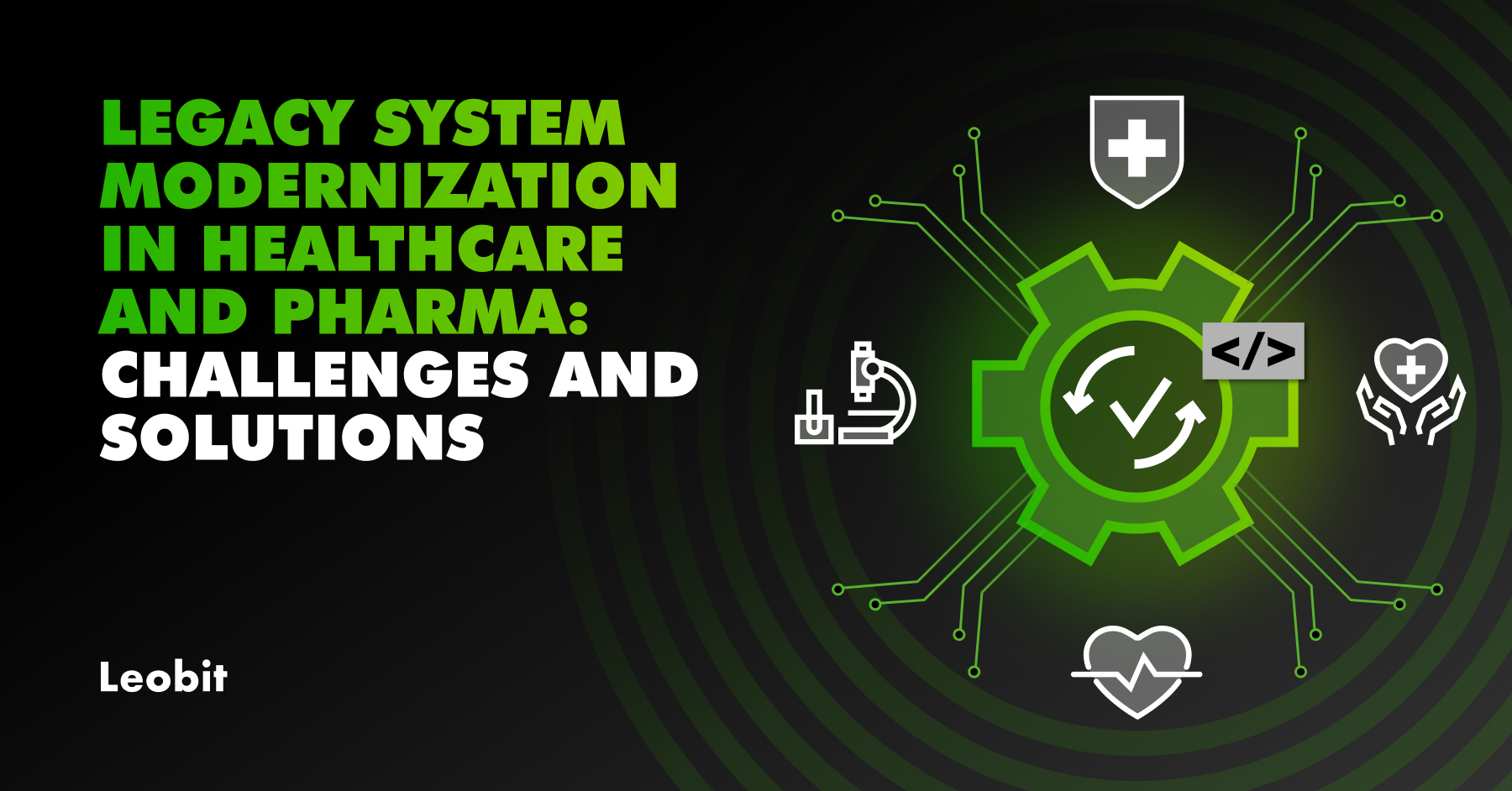
Integration with Legacy Systems: Many reinsurance and retrocession operations rely on legacy IT infrastructure. Seamlessly integrating smart contract platforms with existing systems is technically complex and can be costly. (Source: Bank Automation News)
-
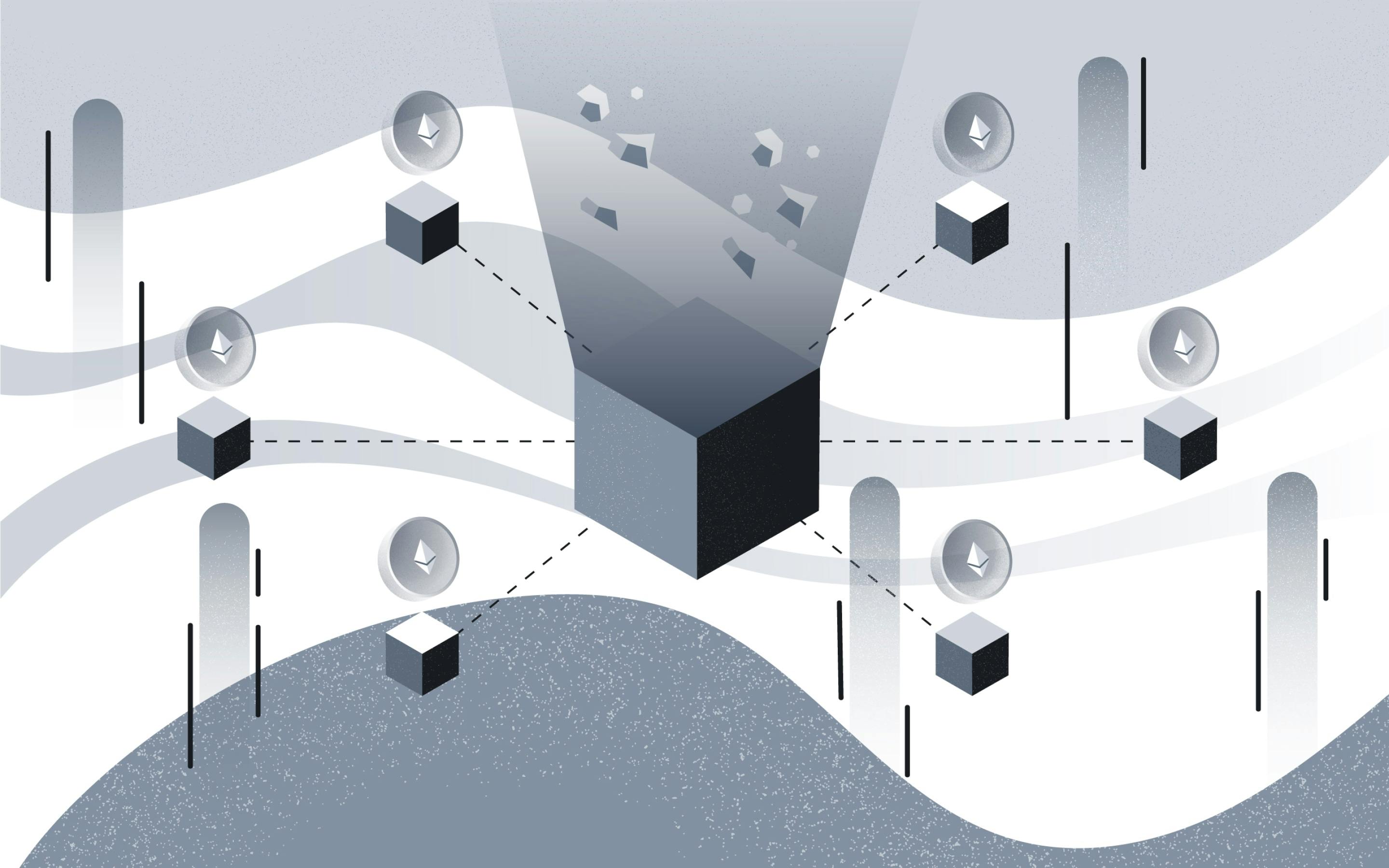
Data Quality and Oracles: Smart contracts depend on accurate, real-time data feeds (oracles) to execute correctly. In retrocession, sourcing reliable external data for risk assessment and claims triggers remains a significant challenge. (Source: Artemis.bm, genesisglobalre.com)
-
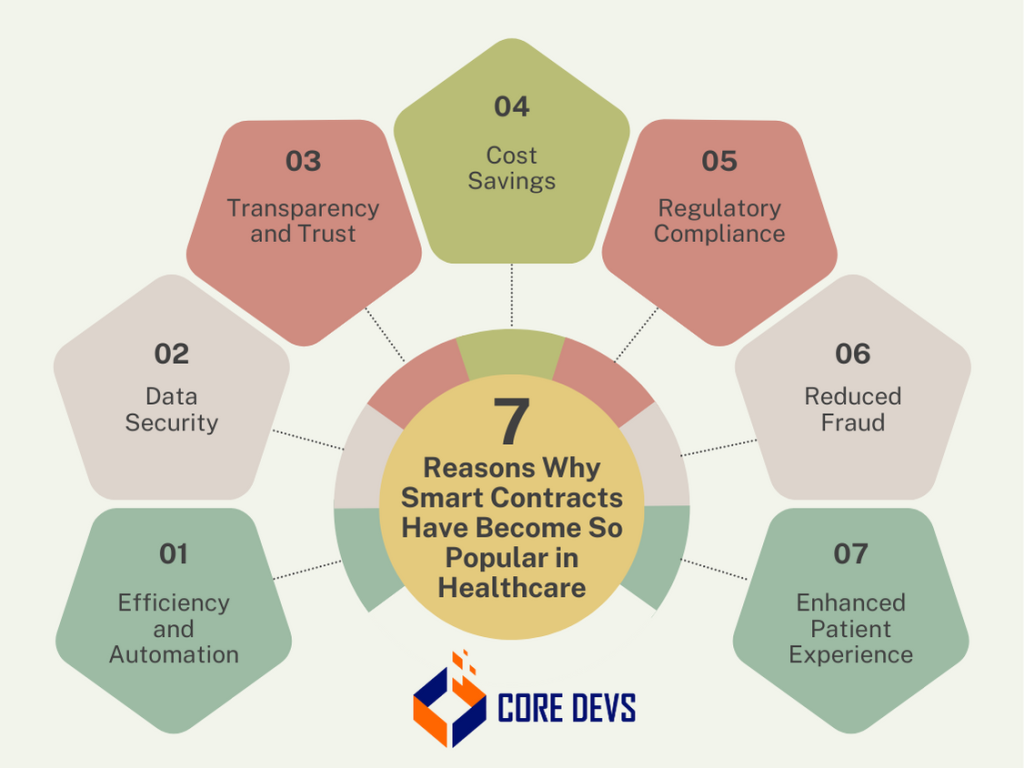
Counterparty Risk and Trust: While blockchain enhances transparency, the risk of smart contract bugs, coding errors, or malicious actors persists. Building trust in automated execution and ensuring robust security remain top concerns for retrocessionaires. (Source: Reinsurance Association of America)
Ultimately, the convergence of blockchain technology with insurance expertise is forging a new paradigm for risk transfer: one that prizes transparency, efficiency, and trust above all else. While not every aspect of retrocession can (or should) be automated today, the direction of travel is clear, and those who embrace on-chain innovation will define the next era of global reinsurance.
